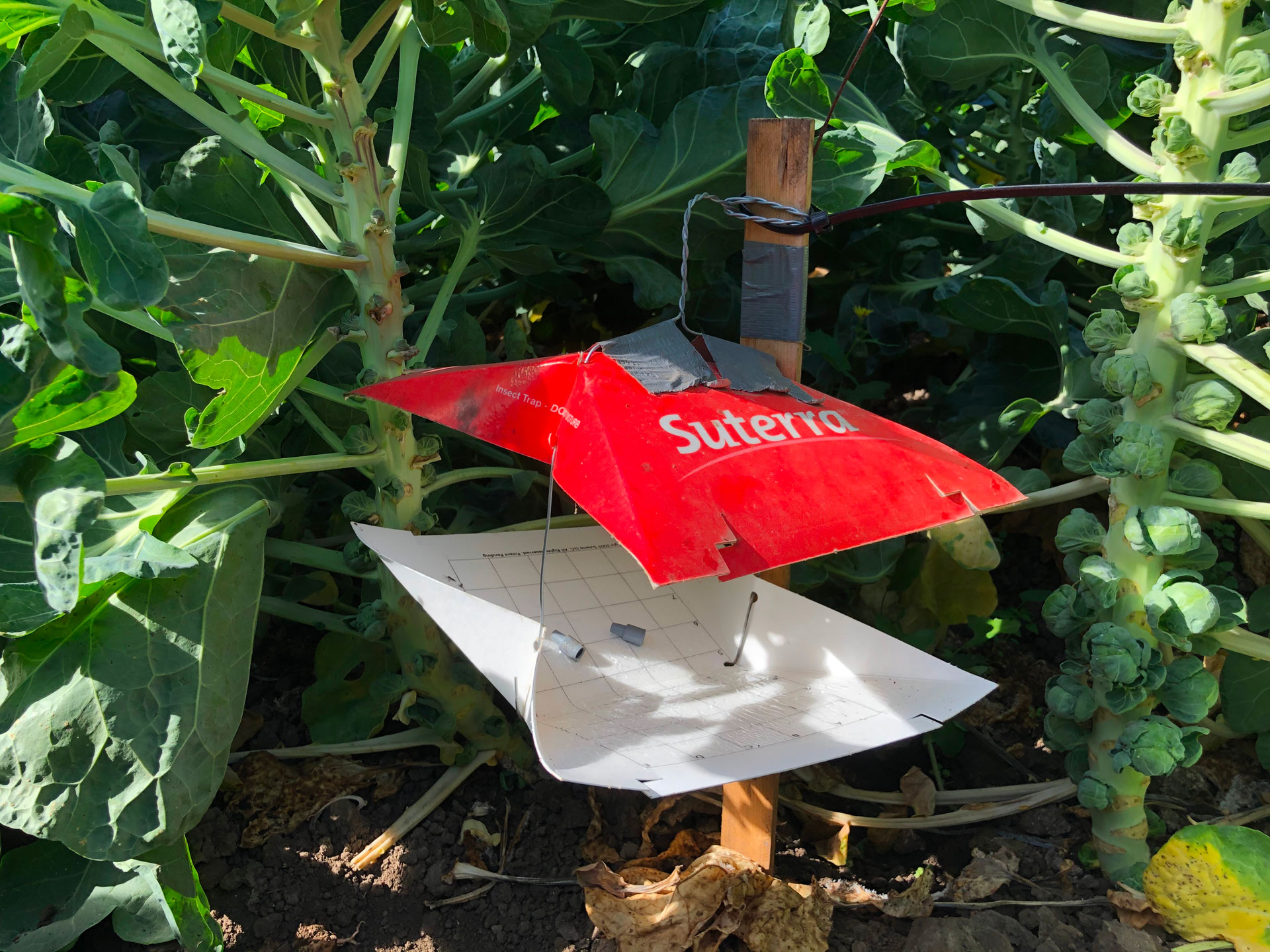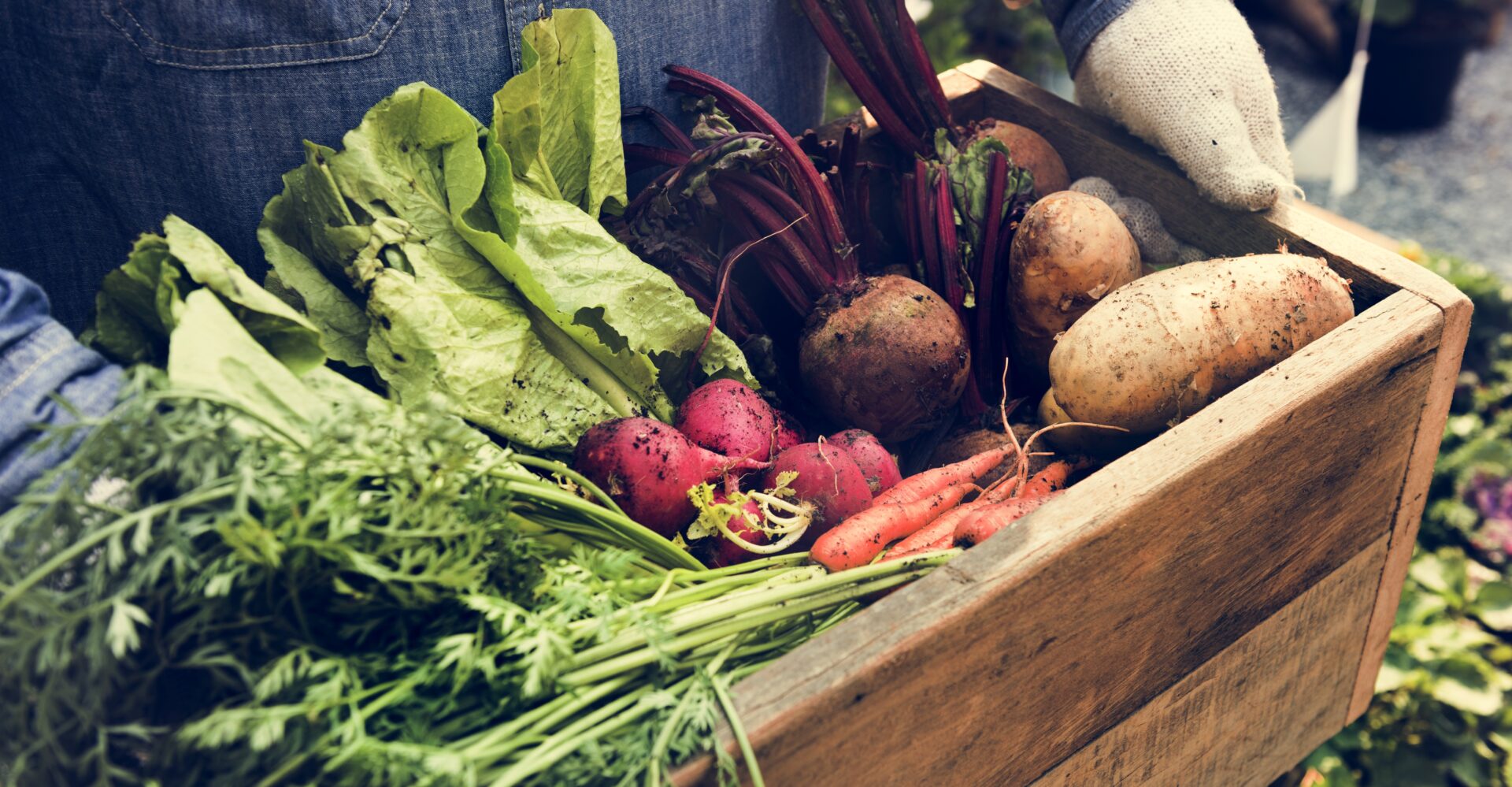As climate change warms our planet, the ability to farm with less water is becoming increasingly imperative. Reduction of available summer water because of reduced snowmelt and drought is affecting food security. Farmers and researchers are working together to gain knowledge and come up with strategies for growing food with little or no irrigation.
The idea for dry-farming is simple: hold the water that falls during the rainy season in the soil so it’s available for plants that grow primarily during the dry summer. Dry-farming can be successful in areas that receive at least 20 inches of annual rainfall, such as the Pacific Northwest.
“There is a suite of practices to conserve water for our summer crop growth,” said Amy Garrett, Oregon State University (OSU) Extension Associate Professor of Practice, Small Farms Program.
The three main strategies for dry faming are:
1) Using a tillage system;
2) Protecting the soil surface; and 3) Choosing drought-resistant plant varieties.
These strategies work on land that has deep soil with good water retention. If soil is lacking such qualities, be it rocky or sandy, it can be amended with the addition of organic matter such as compost, growing cover crops and/or carefully managed livestock grazing, which recycles the cover crop into manure. The roots of dry-farmed vegetables seek moisture and grow deeper than irrigated crops. To look at the soil texture and moisture content at root level, take a 5- or 6-foot core sample.
Time the Tillage
Use careful timing. When you work the soil, do so in the early morning hours before the area is hit with direct sunlight and while there is still dew on the ground.
As far as seasonal timing of tillage, Garrett said, “We are starting as early as possible. We will typically flail mow our cover crop much earlier than irrigated farmers because as rain starts to slow down, the soils start to dry. We mow the cover crops in March or April when they are about knee high. We usually get a dry window sometime in the spring – as early as April, depending on soil type and microclimate, sometimes as late as the second week of May. We typically plant in May when there is still moisture in the soil. It’s important to put that seed in contact with moist soil.”
Cultivate the Soil Surface
Keep soil surfaces loose. It conserves moisture down at the root zone. Uncultivated soil tends to dry out and crack. Cracks in the soil open up and start drying out the deeper soil.
“Organic farmers are cultivating to manage their weeds,” Garrett said. “Some farmers in California cultivate five to six inches deep. It prevents this crusting and cracking from happening.”
As with any farming practice, improving the soil is key. “Anything we can do to improve soil quality is very important for dry-farming,” Garrett said.
Growers can also use organic mulches such as leaves, wood chips or straw. There are two drawbacks to these deep mulches: They cool the soil temperature. This could inhibit the germination of some direct-seeded crops such as melons and squash, in which case a transplant might work better. And the mulch may attract pests such as slugs, snails, mice and voles.
“We are looking into the benefits of deep mulch. A lot of people are experimenting,” Garrett said. “We’re just starting to analyze the data for leaf mulch.”
Plant Varieties
Some of the plants which have been grown successfully with dry-farming methods include drought-tolerant varieties of dry beans, melons, potatoes, squash – including winter squash and zucchini – flour corn and tomatoes.
A good source for dry farm seed is Seed rEvolution Now. Sundial Seed Company is another source. Both companies are located in California.
Garrett and others involved in Pacific NW growing trials have shown success with watermelon variety Christmas. “It’s one of our favorites,” Garrett said, adding that although some dry-farmed watermelons tend to get mealy or pithy, she’s never heard negative feedback about Christmas, at least not as far as taste. Oregon Coastal dry farm collaborators didn’t have enough hot, sunny summer days for Christmas to ripen in the Astoria, Ore. area. Other dry farm varieties that have proved themselves worthy in taste and performance are Dark Star zucchini and Stella Blue winter squash.
Early Girl tomato is grown with success by dry-farmers in Coastal Northern California. In the Oregon Willamette Valley, the summer humidity is too low, and Early Girl tends to get blossom end rot. Next summer, a dry-farm trial will happen in Oregon with 200 different varieties of tomatoes.
Since 2015, growers and researchers have been conducting variety trials. Included in the trials are a number of potatoes, several varieties of delicata winter squash, and maxima squash, which is a Hubbard type. Before COVID-19, the Dry-farming Collaborative (DFC) hosted farm tours along with taste tests with tomatoes and melons from both dry-farms and irrigated farms set out side by side. This year, the DFC hosted nine virtual farm tours.
Dry-Farm History and Research
Dry-farming is not a new way of farming, but rather a return to an old way that has been passed down from one farmer to the next. Only a small number of farmers experiment with dry-farming. Even fewer have extensive experience at it.
The farmers and researchers behind the DFC, OSU Extension Dry-Farm Project and Community Alliance with Family Farmers (CAFF) have expanded that knowledge. Their studies, led by Garrett, started in 2013 on Western Oregon and Northern California farms.
“We started out with case studies with farmers who had been doing this for a long time,” Garrett said. When she began her research into dry-farming, there wasn’t any information available through OSU, and no extension publications. “I’ve been kind of on a mission to raise awareness of the practices.”
During the drought of 2015, there were about 100 people who attended the dry-farm summer demonstration. “Many people had their wells run dry that year. There was a real concern with people about water,” Garrett said.
Getting Started
Dry-farming has definite benefits. Winter squash from dry-farming will store longer than its irrigated counterparts. Dry-farmed produce also has more flavor. Besides producing more flavorful produce, which could command a higher price, dry-farming works in harmony with nature by growing food in a more sustainable way than conventional, irrigated farming. In addition to using less water, dry-farming also uses less fertilizer and labor. There are fewer problems with annual weeds and, although tough perennials such as bindweed and Canadian thistle may persist. Dry-farming practices also protect carbon reserves in the soil.
The major downside to dry-farming is decreased yields. In some cases, yield reduction can be 25% to 50% lower when compared to irrigated crops.
“The best way to begin dry-farming is to start small, Garrett suggests. “Maybe just two or three rows.”
During the DFC winter meeting, “We all come together and talk about what worked and what didn’t,” Garrett said. The meeting will be virtual this year. “Opportunities are coming up. We’d like to find farmers who would like to join us, gather some ideas of things they’d like to try.”
The DFC also has a Facebook group. “We’re specific northwest centric,” Garrett said, “but we have people from all over who are interested in dry-farming.”
Check out the OSU Small Farms, Dry-farming website at:
smallfarms.oregonstate.edu/smallfarms/dry-farming.





